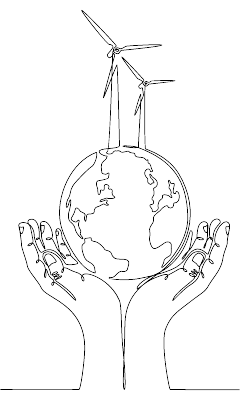Nowadays, taking care of physical health is becoming an increasingly important part of people’s lives. On the one hand, the lifestyle that many of us lead is conducive to health problems. On the other hand, we have access to a wealth of information and tools to help maintain good physical health. In this article, we will look at different aspects of physical health, based on WHO (World Health Organisation) data, and discuss specific ways to take care of the body depending on age, type of physical activity and other factors. We will also touch on the topics of running, desk activity and the importance of a good night’s sleep.
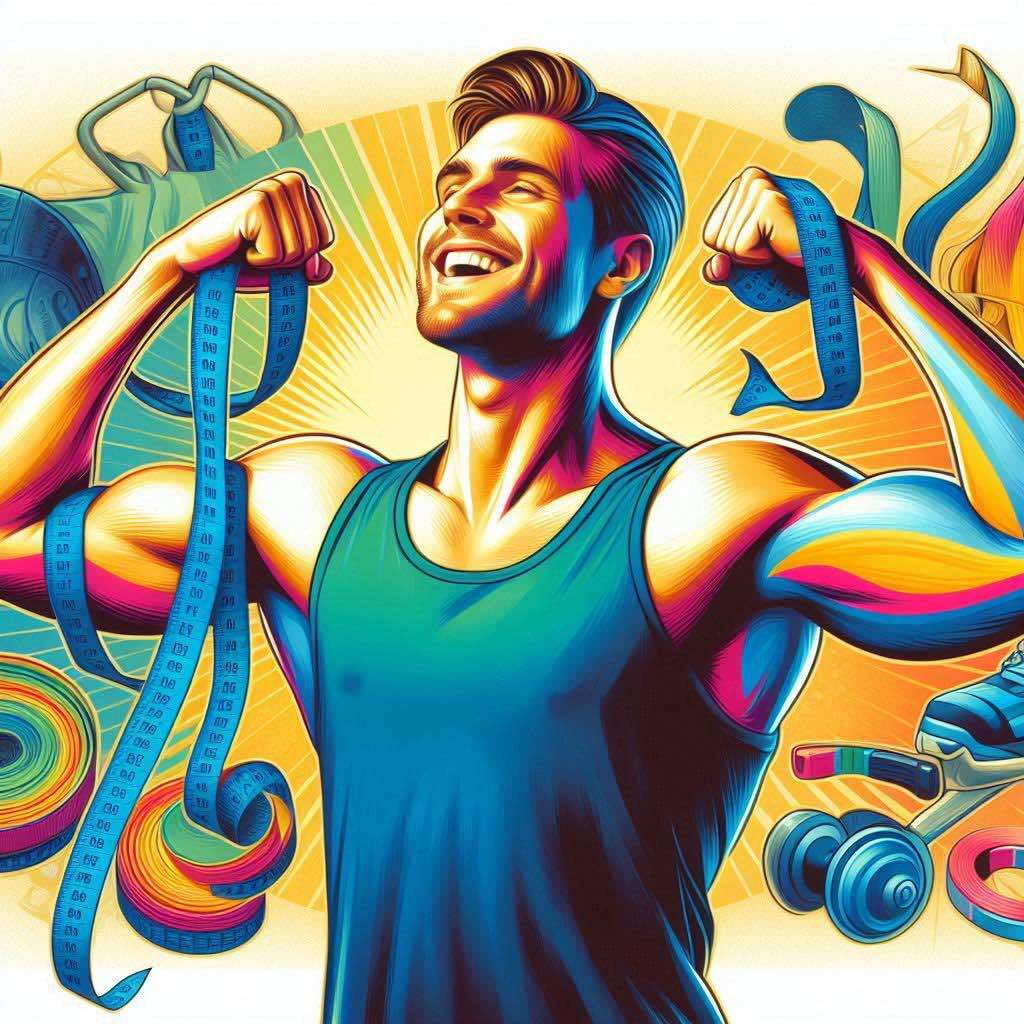
Physical health is one of the key aspects of everyone’s life. It is a state in which the body works in harmony and all systems – from the bloodstream to the muscles – function optimally. Physical health is not just limited to the absence of disease; it also includes the ability to function on a daily basis, perform physical activities and maintain a healthy lifestyle over the long term. Physical health is influenced by many factors, including physical activity, diet, rest, preventative health care and thoughtful supplementation. In this article, we will look at all of these elements to understand how to take care of physical health holistically and how each of these pillars affects our bodies.
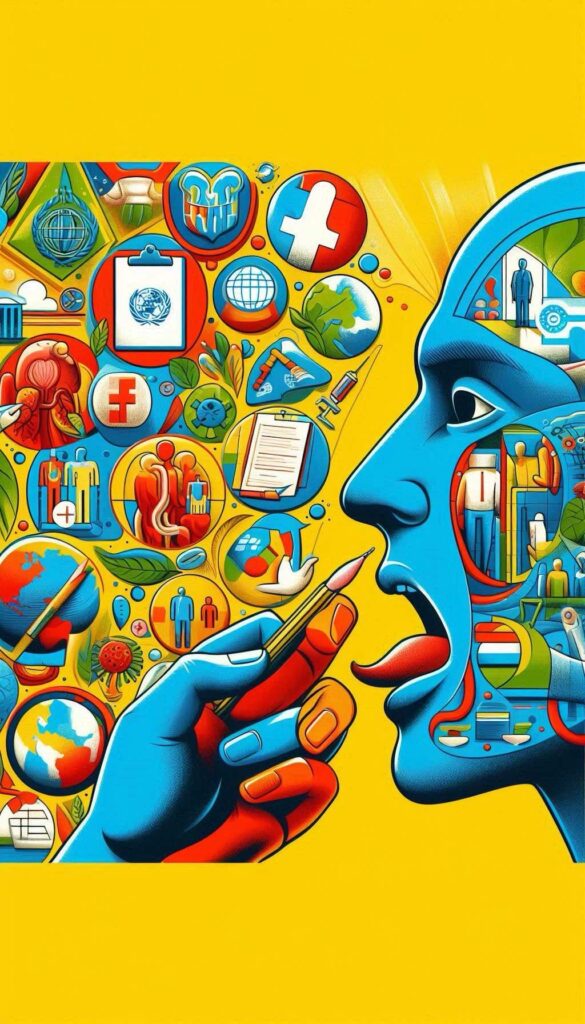
WHO data - How do you take care of your physical health?
The World Health Organisation (WHO) regularly publishes reports on physical health around the world. According to the WHO, one of the most important factors affecting human health is lifestyle. Poor eating habits, lack of physical activity, smoking or excessive alcohol consumption can lead to serious health problems such as heart disease, obesity, diabetes or cancer. The WHO recommends that adults should do at least 150 minutes of moderate physical activity per week, which is equivalent to about 30 minutes per day five days a week. Alternatively, one can also do 75 minutes of intense physical activity per week. Regular physical activity not only improves fitness and performance, but also has a positive impact on mental health. The WHO also emphasises that physical activity is one of the key preventive factors for chronic diseases. Regular exercise helps maintain a healthy body weight, lowers cholesterol and blood pressure, and improves overall immunity.
Age and physical activity needs
Physical activity needs change according to age. Children and adolescents should be particularly active to promote healthy physical and mental development. The WHO recommends that children between the ages of 5 and 17 should engage in at least 60 minutes of moderate to vigorous physical activity each day. This can include a variety of activities such as running, cycling, swimming or physical play. Adults, as mentioned earlier, should ensure at least 150 minutes of moderate activity per week. For older adults (over 65), the WHO recommends a similar amount of activity, but in combination with muscle and balance strengthening exercises to prevent falls and mobility problems. It is worth noting that physical activity needs vary according to individual predisposition and health status. People with a sedentary lifestyle need to gradually introduce physical activity into their schedule, starting with simpler exercises and gradually increasing the intensity.
Running, walking, swimming - which to choose?
Choosing the right form of physical activity depends on a person’s preferences, goals and state of health. Not every form of exercise is suitable for everyone, so it is worth considering what will be most beneficial.
Running is one of the most popular forms of physical activity and also one of the most effective. Running improves fitness, aids fat burning and strengthens leg muscles and the heart. In addition, regular running can improve your mood thanks to the release of endorphins, or happiness hormones. However, it is worth bearing in mind that running is not suitable for everyone – people with joint problems, excess weight or other medical conditions may experience discomfort during this form of activity. For such people, less stressful exercises such as walking or swimming are recommended.
Walking is an excellent alternative for people who cannot or do not want to run. Although not as intense as running, regular walking also has many health benefits. A daily walk of at least 30 minutes can improve circulation, aid digestion and reduce stress levels. Walking is also beneficial for older people who cannot afford more intense physical activity. It is important to maintain an appropriate pace when walking and to do it regularly to achieve visible results.
Swimming is one of the healthiest forms of exercise, as it engages virtually all the muscles of the body without putting stress on the joints. It is an ideal form of exercise for people with back or joint problems. Swimming improves respiratory capacity, strengthens muscles and helps maintain correct posture. Regular use of the pool can also promote muscle recovery after other intensive forms of exercise
Team sports
Team sports are some of the most popular physical activities. Playing in a team not only develops sporting skills, but also teaches cooperation and strategy.
The most popular team sports are:
– Football: Considered the most popular sport in the world, football brings people of different cultures and nationalities together. Matches are full of excitement and the technical skills of the players attract millions of fans.
– Basketball: A fast, dynamic game that combines technique with physical strength. Basketball develops coordination and speed, and promotes competitive spirit. – Volleyball: A sport that can be played both indoors and on the beach.
–Volleyball: requires both technical skills and team communication.

Individual sports
Unlike team sports, individual sports focus on personal achievement. Many require a great deal of discipline and determination.
Among the most popular are:
– Athletics: Includes a variety of competitions such as running, jumping and throwing. Athletics is a sport that allows for individual development and improved personal performance.
– Tennis: A sport that develops strength, agility and strategic thinking. Both singles and doubles play require players to react quickly and be able to anticipate their opponent’s movements.
– Swimming: An excellent form of physical activity that engages all the muscles of the body. Swimming is a sport that can be played in a variety of styles, making it versatile and suitable for different skill levels.
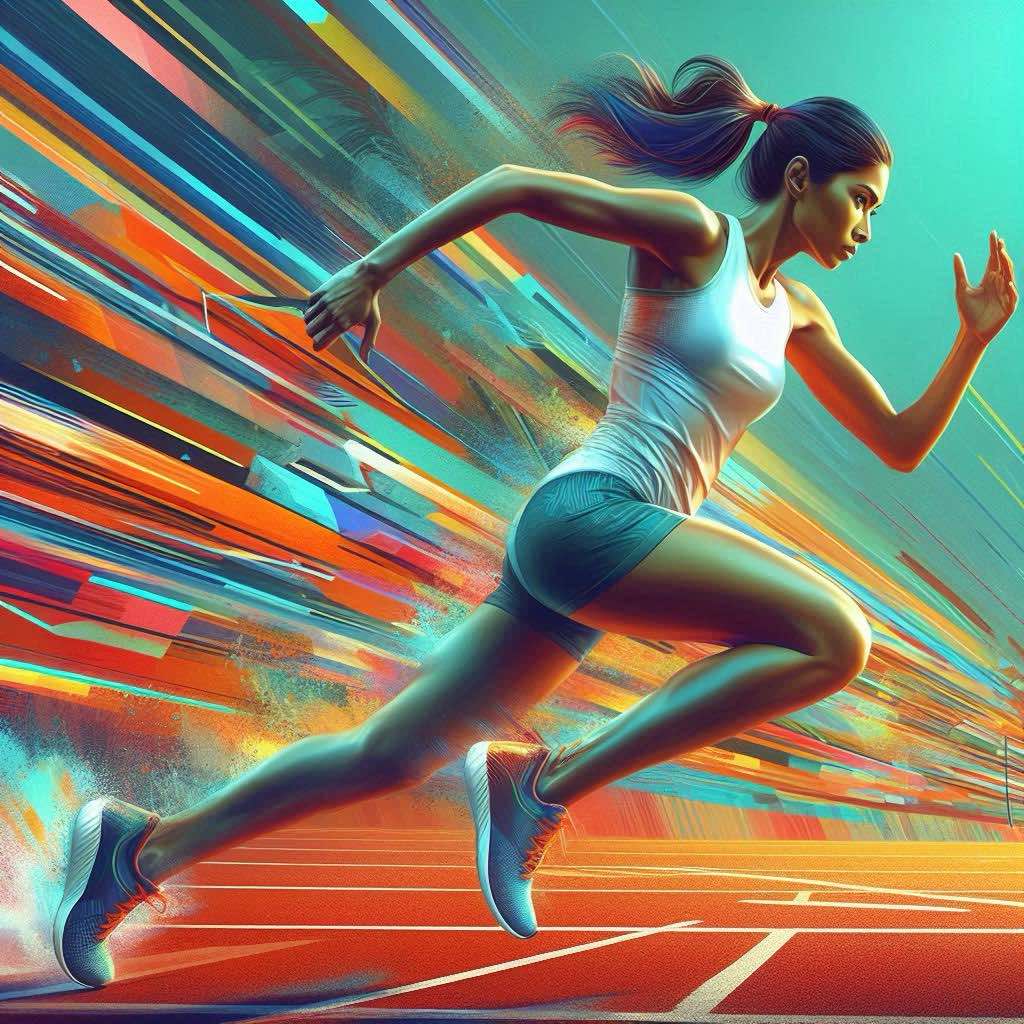
Water sports
Water sports attract lovers of adventure and outdoor activities.
With a variety of forms and intensities, there is something for everyone:
– Sailing: Requires not only strength, but also knowledge of weather conditions and boat management skills. Sailing is not only a sport, but also an art.
– Rowing: A sport that develops endurance and strength, as well as honing teamwork skills. Rowing can be practised on a variety of bodies of water, making it accessible to many.

Combat sports
Combat sports are disciplines that combine strength, technique and strategy.
Many of them have their roots in cultural and historical traditions:
– Boxing: a sport that develops not only physical strength but also tactical skills. Boxing is one of the most demanding sports, both physically and mentally.
– Judo: A Japanese martial art that emphasises technique and exploitation of the opponent. Judo teaches discipline and respect.

Winter sports
Winter sports offer a unique experience and are popular in regions with snow.
The most important of these include:
– Alpine skiing: a sport that combines speed with downhill technique. Skiing is not only a form of recreation, but also a serious sport.
– Snowboarding: A fast-growing form of sport that attracts young people. Snowboarding requires good coordination and balance skills.

Extreme sports
For those seeking adrenaline and a challenge, extreme sports offer an unforgettable experience:
– Skydiving: an adrenaline rush that allows you to enjoy beautiful views from the sky. Jumping requires both courage and preparation.
– Mountain climbing: A sport that tests not only physical endurance but also planning and obstacle-crossing skills.

Sports in Greece - Tradition, Modernity and Olympic Legacy
Greece, a country with a rich sporting history, has always been associated with physical activity and sport. It was in Greece that the Olympic Games were born, and the spirit of competition, honour and fair play played a key role in ancient Greek life. Today, sports in Greece are an important part of culture and daily life, with Greeks both continuing the traditions of their ancestors and engaging in modern sports.
Ancient Greek sports
In ancient Greece, sport was inextricably linked to religion and culture. The Greeks believed that exercise was not only a way of staying healthy, but also a form of paying homage to the gods. Sports were part of everyday life and the most famous of sporting events was the Olympic Games, held every four years in Olympia.
Among the most popular ancient sports were:
Pentathlon – this was a polyathlon that included five events: running, long jump, discus throw, javelin throw and wrestling.
Pankration – a brutal sport that was a combination of boxing and wrestling, in which almost anything was allowed. The winner had to be not only strong but also extremely tough.
Chariot racing – took place in stadiums and was one of the most dangerous sports due to the risk of accidents. These sports were not only a form of entertainment, but also a way to demonstrate strength, courage and agility, qualities that were highly valued in Greek society.

Modern sports in Greece
Although modern Greece is different from ancient Greece, sport still plays an important role in Greece. Greeks are involved in many modern sports, both amateur and professional.
Football – as in many other European countries, football is the most popular sport in Greece. Greek clubs such as Olympiakos Piraeus, Panathinaikos Athens and AEK Athens have many fans and are successful on the international stage. The Greek national team won a sensational European championship in 2004, one of the greatest achievements in the history of Greek sport.
Basketball – is the second most popular sport in Greece and the country boasts some of the best basketball teams in Europe. Teams such as Panathinaikos and Olympiakos have dominated the European competition for years. Greek basketball players such as Giannis Antetokounmpo are also gaining international recognition with success in the NBA.
Athletics – Greece also has a long tradition in athletics, a sport firmly rooted in the country’s history. Greek athletes regularly compete internationally and some have won Olympic and World Championship medals. Sailing and water sports – Greece, with its long coastline and numerous islands, is an ideal destination for water sports.
Sailing, windsurfing, kitesurfing and diving are popular activities with locals and tourists alike. Greek sailors have been successful on the international stage for years, winning Olympic medals and world titles.
Wrestling – although wrestling is no longer as popular as it was in ancient times, it still has its place in Greek sporting culture. The Greeks have a long tradition in the sport and some of the best wrestlers in history came from the country. The Olympic Games – from antiquity to the present day.


Ancient Olympic Games
The first Olympic Games were held in 776 BC in Olympia, a place dedicated to the god Zeus. It was not only a sporting competition, but also a religious festival in which athletes from all over the Greek world took part. Sports such as running, wrestling, javelin throw, long jump and chariot racing were competed in. These competitions were held every four years and were one of the most important events in the ancient Greek world.
The athletes who took part in the Games were considered heroes, and victory at the Games brought them great fame. However, the Games did not only have a sporting dimension – they were also a way of strengthening ties between city-states (polis), which often competed with each other politically and militarily. The Games were a symbol of unity and peace, and for the duration of the Games there was a so-called ‘Olympic peace’, a ceasefire in all conflicts.
The modern Olympic Games
The tradition of the Olympic Games was revived in 1896 thanks to the initiative of the French Baron Pierre de Coubertin, who was fascinated by the idea of the ancient games. The first modern Olympic Games were held in Athens, which was symbolic because Greece was the cradle of the ancient sporting tradition.
Since then, the Olympic Games have been held every four years and are the largest sporting event in the world, involving thousands of athletes from different countries. Greece, as the home of Olympism, has a special place in these competitions. Traditionally, the Greek team always enters the stadium first during the opening ceremony and the Olympic torch is lit in Olympia, from where the flame is then carried to the host city of the Games.
Getting a good night's sleep - how much sleep do you need and under what conditions?
Sleep is one of the most important elements of taking care of your physical health. Lack of adequate sleep can lead to many health problems, such as a weakened immune system, concentration problems, fatigue or even depression. The WHO recommends that adults should get between 7 and 9 hours of sleep per night, while children and adolescents need more sleep – between 9 and 11 hours.
Sleep conditions
For sleep to be effective, it is not enough just to have the right number of hours. The conditions in which we sleep are also important. The room should be adequately ventilated and the temperature should not exceed 20 degrees Celsius. It is also worth investing in a comfortable bed and pillow to ensure comfort during sleep.

Exercising at your desk – breaks and simple exercises
Many of us spend most of the day sitting, both at school and at work. Sitting for long periods of time can have a negative impact on our health, leading to back problems, back pain, muscle stiffness and general fatigue. To prevent this, it is a good idea to introduce regular breaks and perform simple exercises at your desk.
Breaks at work
Regular breaks during sedentary work are key to maintaining good physical health. The WHO recommends taking a short break every 30-45 minutes to stand up and stretch. You can stand up, walk around the room, do some simple exercises such as trunk twists, bends or leg stretches. Such breaks help to improve circulation, reduce the risk of back problems and improve concentration.
Simple exercises at your desk
You don’t have to leave your desk to do certain exercises. For example, you can do isometric exercises, such as tensing your abdominal or gluteal muscles, without having to stand up. You can also lift your legs under your desk to activate your thigh muscles. Trunk twists, arm circles or raising the arms above the head are also simple exercises that can be done during breaks from work or study.
The relationship between diet and exercise - How does proper nutrition support physical activity?
Diet and physical activity are two fundamental pillars of a healthy lifestyle. They complement each other, and their balanced combination can lead to better sporting performance, improved wellbeing, as well as weight maintenance and health. Adequate nutrition provides the body with the energy it needs for sport, as well as supporting recovery and muscle development. In turn, regular physical activity influences how the body absorbs and uses nutrients.


How does diet support physical activity?
1. Source of energy
Any physical activity, from light exercise to intense training, requires the body to provide energy. The main source of energy in the diet is carbohydrates, which are converted into glucose and stored in the muscles and liver as glycogen. During exercise, the body draws energy from these stores. Therefore, it is important to provide sufficient carbohydrates prior to training to provide the body with fuel for performance.
Prolonged exercise, such as long-distance running, depletes glycogen stores, so athletes must ensure that their diet is rich in carbohydrates. Otherwise, the body will start to burn protein from the muscles, which can lead to muscle degradation and weakness.
2. Post-exercise regeneration
After intensive exercise, the body needs regeneration. An important part of this regeneration is the provision of adequate nutrients to help rebuild damaged muscle fibres and replenish glycogen stores. Proteins play a key role in the regeneration process, as they are the basic building blocks of muscles. An athlete’s diet should therefore include an adequate source of protein, such as lean meat, fish, eggs, dairy or legumes.
3. Staying well hydrated
During physical activity, the body loses a lot of water and electrolytes through sweat. Therefore, adequate hydration is key to maintaining physical performance and preventing muscle cramps and dehydration. Water is essential for transporting nutrients, regulating body temperature and removing toxins from the body. In addition to water, athletes often need isotonic drinks to help replenish electrolytes such as sodium, potassium and magnesium.
An athlete's diet - what rules are worth following?

Athletes, whether professional or amateur, need to follow certain dietary rules to ensure optimum physical performance and proper recovery. Their diet should be varied, adapted to the type of sport practised, as well as to the individual needs of the body. Below are the basic principles that athletes should follow.
1. Balanced proportions of macronutrients
An athlete’s diet should provide adequate amounts of the three main macronutrients: carbohydrates, proteins and fats.
Carbohydrates: the main source of energy, especially during intense physical activity. They should make up around 50-60% of the daily calorific requirement. Complex carbohydrates such as whole-grain cereals, rice, pasta and fruit are the best choice as they provide long-lasting energy.
Protein: Essential for muscle building and recovery. Athletes should consume 1.2 to 2.0 g of protein per kilogram of body weight per day, depending on the intensity of training. Good sources of protein are meat, fish, eggs, dairy products and legumes.
Fats: Fats should make up around 20-30% of your daily caloric intake. It is important to choose healthy fats such as unsaturated fats found in olive oil, nuts, avocados or oily fish. These fats support the heart, nervous system and help with the absorption of fat-soluble vitamins (A, D, E, K).
2. Appropriate meal planning
Meals before, during and after training are crucial for an athlete’s performance and recovery. Appropriate meal planning helps to maintain a constant energy level and prevent fatigue.
Before training: The meal consumed 2-3 hours before training should contain complex carbohydrates (e.g. whole-grain bread, rice, pasta) and a small amount of protein. This will allow you to provide your body with energy to use during your workout. Avoid fatty foods and heavy digestible meals, which can put a strain on the stomach.
During training: During prolonged and intense training, athletes may need to supplement their energy with simple carbohydrates, such as energy gels, sports bars or isotonic drinks. It is also important to drink water regularly.
After training: The post-workout recovery meal should contain both carbohydrates and protein. The aim is to replenish glycogen stores and rebuild muscles. Within 30-60 minutes after training, it is advisable to eat a meal containing, for example, a wholemeal bread sandwich with chicken, yoghurt with fruit or a protein shake.
Healthy habits during physical activity
Physical activity plays a key role in maintaining health and well-being. However, in order to reap the maximum benefits from playing sport, it is important to adopt healthy habits that support not only physical fitness but also the overall balance of the body. Here are the most important rules to follow in order to get the best results from sport.

1. A proper warm-up before training
2. Cooling down after training
3. Regularity and variety of training
4. Proper technique and posture
5. Avoiding overtraining
6. Listening to the body’s signals
Why is screening important?
Regular examinations allow you to monitor your health and can help to detect diseases early that might otherwise go unnoticed. Early diagnosis often means easier treatment and a better prognosis. Through testing, it is also possible to assess the effectiveness of ongoing health-promoting measures, such as diet and physical activity.
Key tests according to age and gender
Blood tests
Blood tests are an essential part of any diagnosis. They should include: Blood morphose – to assess general health, haemoglobin, white and red blood cell levels.
Lipidogram – checking cholesterol (LDL, HDL) and triglyceride levels, important for assessing the risk of cardiovascular disease.
Glucose – blood sugar control is crucial for early detection of diabetes. It is recommended to perform these tests at least once a year, and more frequently for those with a genetic load or other risk factors.

2. Hormone tests For women, hormone tests are particularly important, especially during pregnancy, menopause and if there are problems with the menstrual cycle. Men should also have their testosterone levels checked, especially in older age.
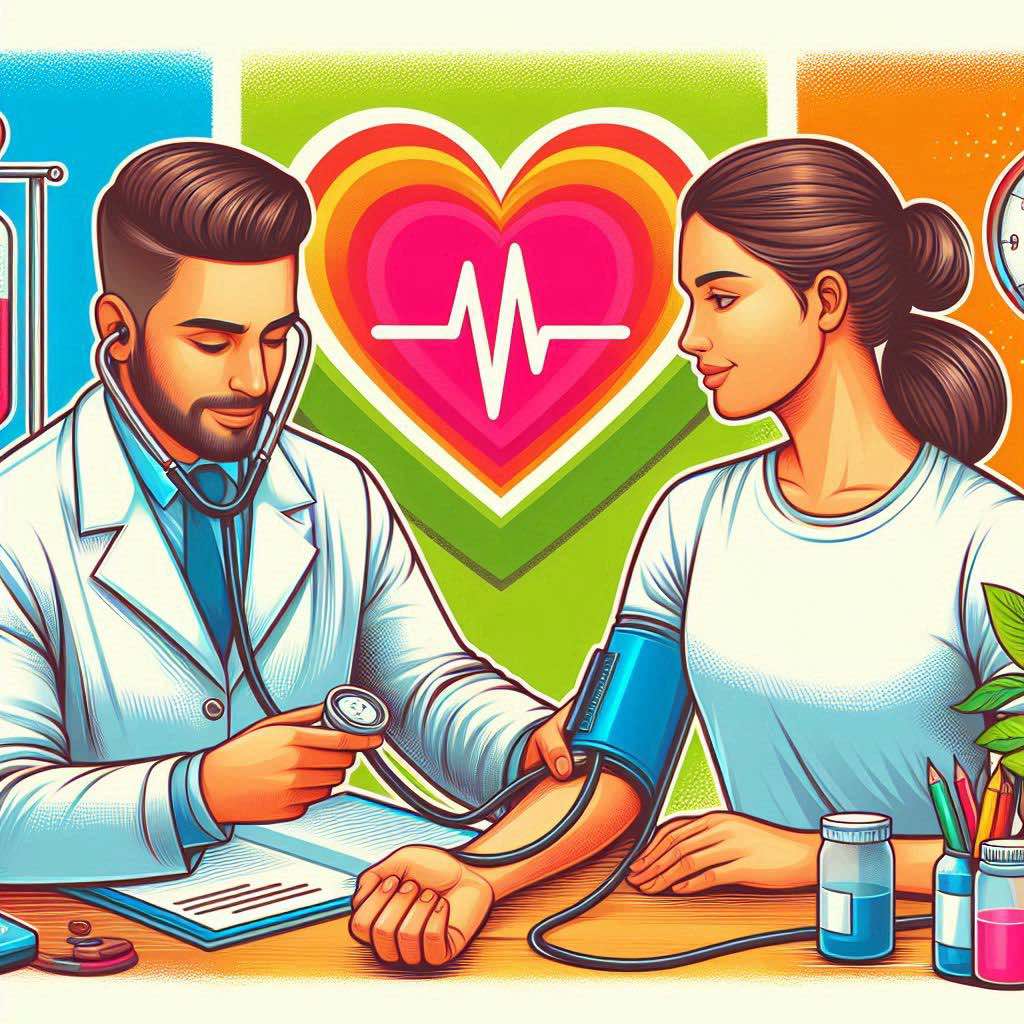
3. Urine tests Urinalysis is a quick way to assess kidney function and detect urinary tract infections. They are recommended to be performed once a year.
4. Imaging studies Ultrasound – recommended to be performed at least once a year. May be more frequent in pregnant women and those with heart disease. Chest X-ray – for smokers or those with a history of lung disease is recommended every few years.
5. Specialist examinations Depending on individual needs, tests such as:
Colonoscopy – for those over 50 or those with a family history of bowel disease.
Mammography – for women over 40, especially those with a genetic burden for breast cancer.
Eye and hearing tests – regular check-ups are recommended, especially for older people. How do I determine the regularity of examinations?
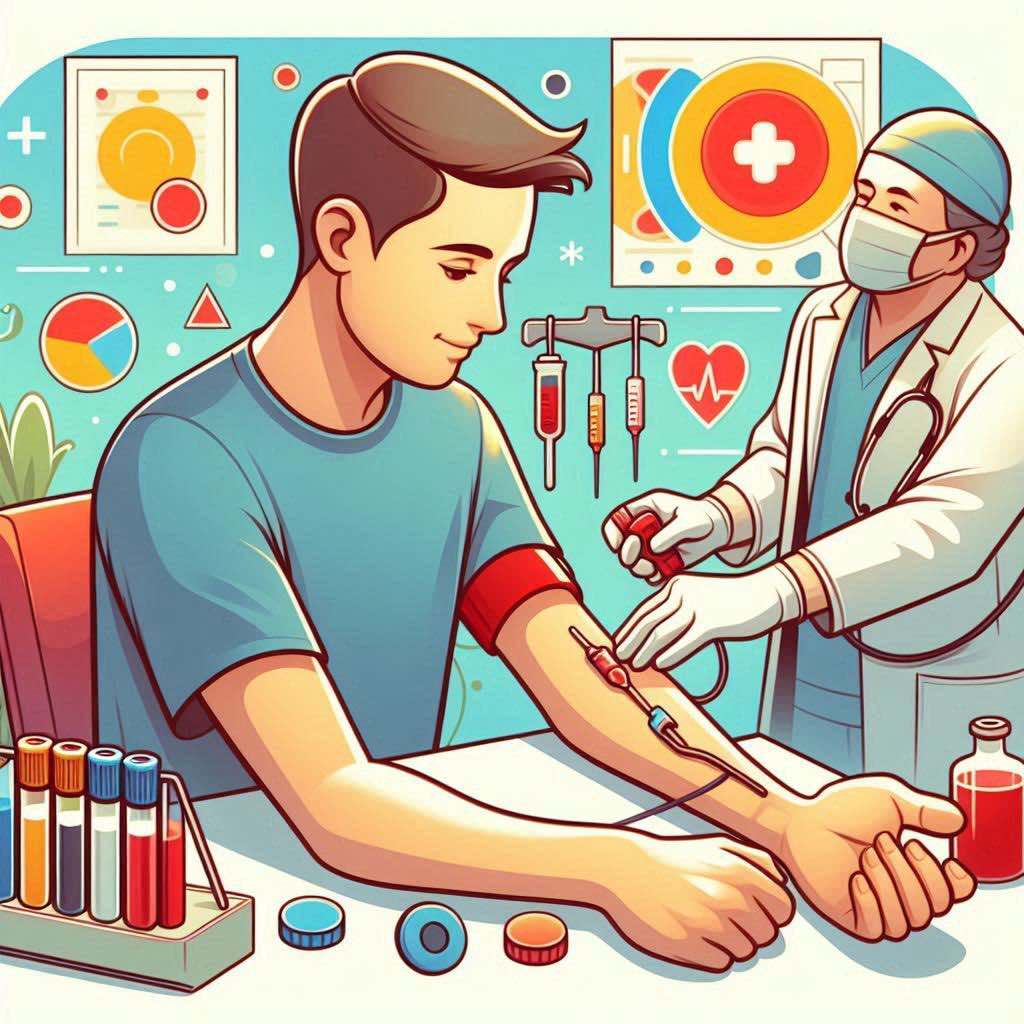
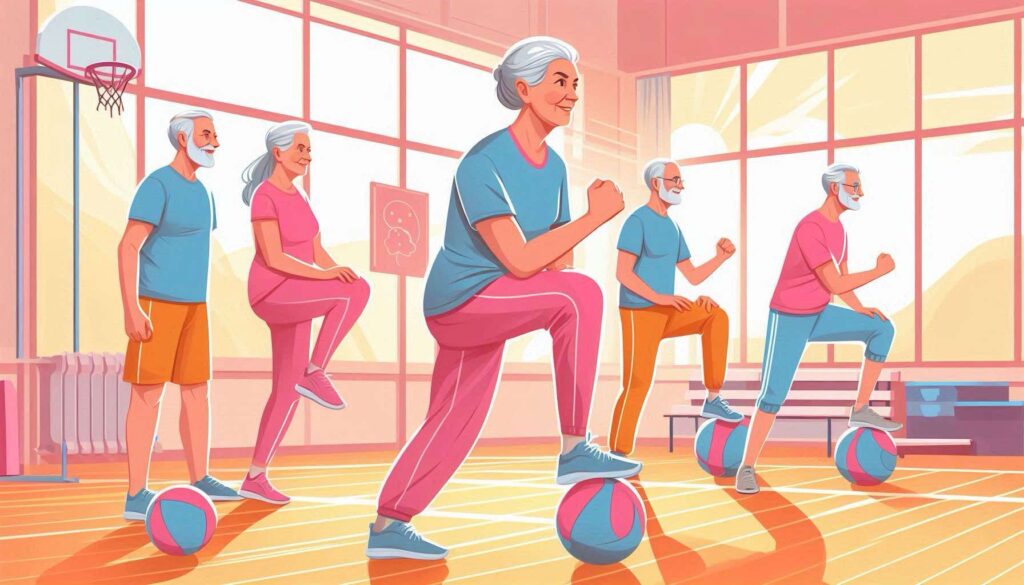
Scheduling of examinations should be tailored to individual needs and health history. Here are some guidelines:
Consultation with your doctor: A discussion with your GP will help determine which tests are most important for you, taking into account your age, gender and any family history.
Schedule tests: Make a calendar of tests where you mark the dates of your tests. This can be an annual schedule to remind you of upcoming appointments.
Educate: Understanding what tests are needed and why increases motivation to get them. Gather information from reliable sources and be aware of your health status.
Participation in sport among Poles - data and habits

Summary
Physical health is a fundamental aspect of life, significantly influencing an individual’s overall well-being and quality of life. A balanced diet, regular physical activity, and attention to hygiene are essential pillars that contribute to maintaining good health.
A well-balanced diet provides the necessary nutrients that support bodily functions and help prevent many diseases. Proper nutrition is crucial for maintaining a healthy weight, which in turn reduces the risk of chronic diseases such as obesity, diabetes, and heart disease.
Regular physical activity offers numerous benefits for both the body and the mind. Exercise improves blood circulation, strengthens muscles, and increases overall stamina. Moreover, physical activity positively impacts mental health, reducing symptoms of stress, anxiety, and depression. Individuals who engage in regular sports often experience better moods and higher quality sleep.
Maintaining personal hygiene also plays a key role in physical health. Keeping the body clean, practicing good oral hygiene, and undergoing regular medical check-ups help prevent infections and illnesses. All these actions contribute to a general sense of health and comfort.
It’s also important to note that physical health influences interpersonal relationships and the ability to take on life’s challenges. People who take care of their fitness tend to have more energy for activities and find it easier to manage daily responsibilities. This, in turn, boosts their self-esteem and overall life satisfaction.
In summary, physical health is an integral part of overall human well-being. Caring for a proper diet, regular physical activity, and hygiene brings benefits not only to the body but also to the mind. Therefore, it is essential to treat a healthy lifestyle as a priority in order to enjoy a better quality of life and fully realize the potential we possess.




Above, you can see QR codes, which were made by students, for the project. The app called “Actionbound” helps us to have a lot of fun and appreciate the neighbourhood.
You can find this article in Polish by link:
http://for-the-earth.pl/wp-admin/post.php?post=1325&action=edit

